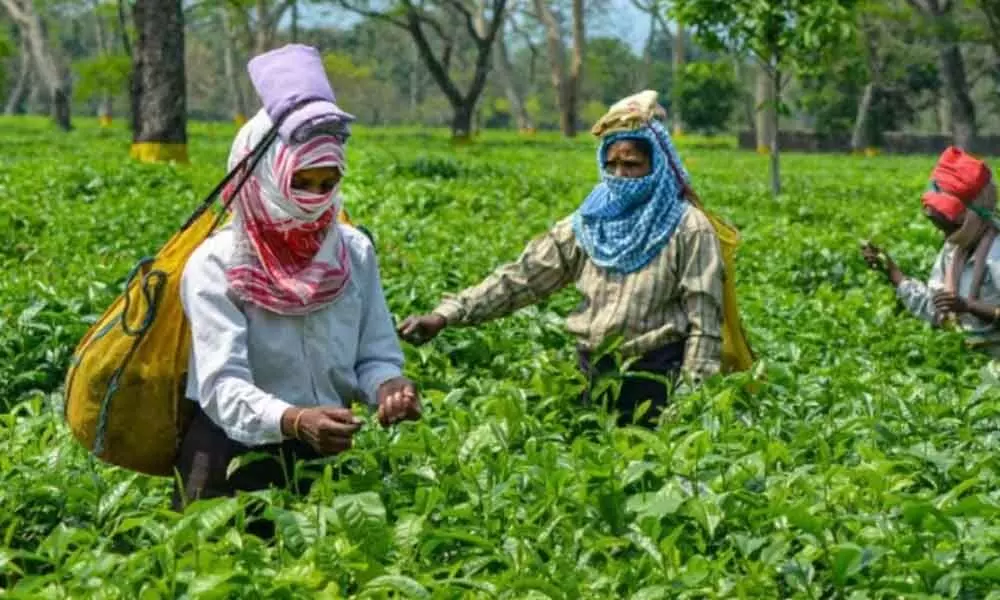Time to help tea industry bounce back
The 'life vs livelihood' debate has been on ever since the Covid-19 pandemic broke out, or more precisely since the first nation-wide lockdown was announced.
image for illustrative purpose

The 'life vs livelihood' debate has been on ever since the Covid-19 pandemic broke out, or more precisely since the first nation-wide lockdown was announced. Understandably, there have been more fall-outs than one, of this prolonged lockdowns across sectors. And as one of the most severe impacts of this lockdown, Indian tea, often billed as the 'afternoon champagne' is no longer the cuppa that cheers!
Tea production in India, one of the largest producers and consumers of the commodity in the world, has dropped by no less than 15 per cent, post-pandemic. In Bengal-Assam region, alone, tea production has come down from 853.35 mn kg to 697.30 mn kg and the overall production in the country has come down from 1007.22 mn kg to 856.90 mn kg. Therefore, there has been a shortfall of 150.32 mn kg. Tea harvesting has also nosedived by 1 mn MT in northern tea producing regions. Since last week of March to mid-May, most of the gardens were closed due to lockdown and new flushes could not be plucked. The drop in production can also be attributed to erratic distribution of crops, sudden climatic changes and sudden drop in pollution level and non-availability or lack of availability of pesticides. Mind you that consumption of tea or demand for tea has gone up quite substantially around the same time.
The drop in domestic production coincided with a significant over production in countries like Kenya, Vietnam, and the other major tea growing nations. These countries, particularly, Kenya offloaded most of its surplus produces in the global markets at much cheaper prices, giving Indian CTC tea a run of its money. Tea exports from India dropped 19.11 per cent- from 252 mn kg to 180-185 mn kg. Accordingly exports earnings from tea also came down from $830 mn to $709 mn. Tea exports to Iran (largest importer of Indian tea) alone came down from 55 mn kg to 30-35 mn kg. Besides the lower yields, drop in exports can also be attributed to safety regulations, shortage of containers, disruptions in courier services and so on. Interestingly, rise in domestic consumption could partially make up for drop in exports. Significantly, tea gardens in India employ more than 7 lakh people, 60 per cent of whom are women and their minimum daily wage is Rs 167. In the aftermath of the pandemic, West Bengal government came up with steps like waiver of cess, agricultural income tax, raising land ceiling, and thereby enabling selling of surplus land, while Assam government initiated moves like 3 per cent interest subvention, 25 per cent one-time subsidy in purchase of plant and machinery, production subsidy and so on.
However, given the damages that the pandemic has done to the industry and its employees, the stakeholders of tea industry want much more to bounce back. The government needs to act fast.

